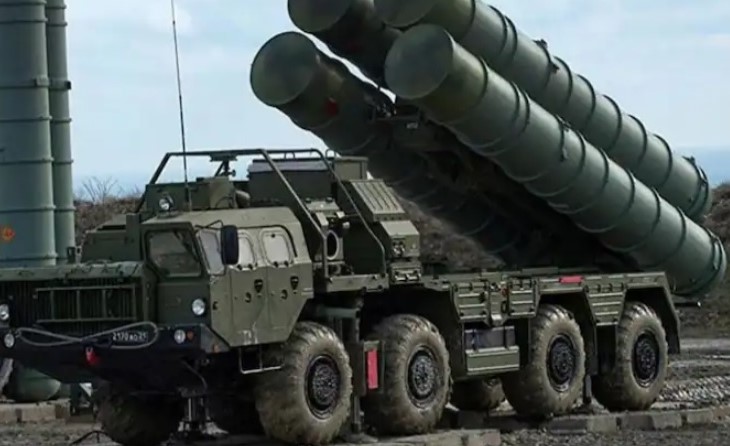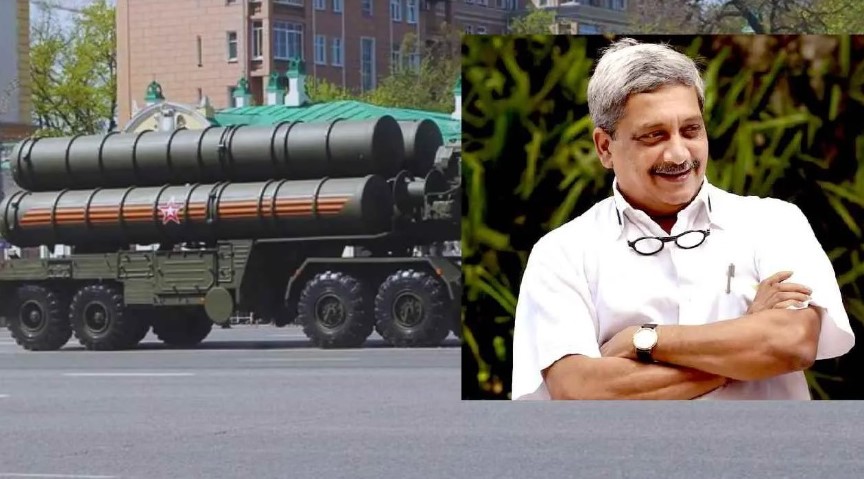Amid a dramatic escalation of cross-border hostilities, Indian citizens are sleeping peacefully at night because the Russian S-400 Triumf air defence system — dubbed the ‘Sudarshan Chakra’ is protecting us from Pakistan’s missiles and drones.
A series missiles and drones was launched by Pakistan starting the night of May 7 and throughout May 8. They targeted strategic installations across Jammu, Punjab, Rajasthan, and Gujarat. But all in vain, as ‘Sudarshan Chakra’ neutralised them on the way shielding India just like the way Lord Krishna used it in Mahabharata.
Not a single projectile fired by Pakistan could land on target as the S-400 defence system along with the Akash defence system effectively repulsed each attack. The S-400 Triumf air defence system or India’s modern day ‘Sudarshan Chakra’ has turned out to be the nation’s strongest aerial shield in this hour of military tension with Pakistan.
The ongoing actions validate the vision of India’s late former Defence Minister Mahohar Parrikar. We salute him because the very system he had advocated for despite severe opposition, is shielding our nation from potential disaster.
What is S-400 known as ‘Sudarshan Chakra’?
The S-400 Triumf is the world’s premier long-range air defence weapon made in Russia, capable of tracking and engaging multiple aerial targets within a range of up to 600 kilometres. The system’s rapid response and ability to simultaneously engage up to 80 targets ensured multi-layered protection, proving decisive in thwarting a high-stakes, coordinated attack. The interceptors hit drones and missiles mid-air, demonstrating the full force of India’s most advanced air defence weapon.
Inside the Indian Air Force, it has been named the ‘Sudarshan Chakra’ which, positioned strategically along India’s northern and western borders, can detect, track, and destroy a wide variety of airborne threats — from fighter aircraft, to UAVs and ballistic missiles.
Three squadrons of the S-400 have arrived in 2018 and been deployed since, with more expected to be delivered this year. These were deployed at Rs 35,000-crore deal with Russia in Oct 2018. The deal was signed in New Delhi in the presence of PM Narendra Modi and Russian President Vladimir Putin in 2018.
While the contract was signed with Russia on October 5, 2018 for delivery of the S-400 system, the deliveries began in late 2021. “The S-400 Missile is a potent system in terms of its operational capability to provide continuous and effective air defence system to a very large area. With the induction of this system, air defence capability of the nation will be significantly enhanced,” the government had said in 2021.
Two more squadrons which were expected this year, may be delayed to 2026–27 due to the ongoing Russia–Ukraine war.



